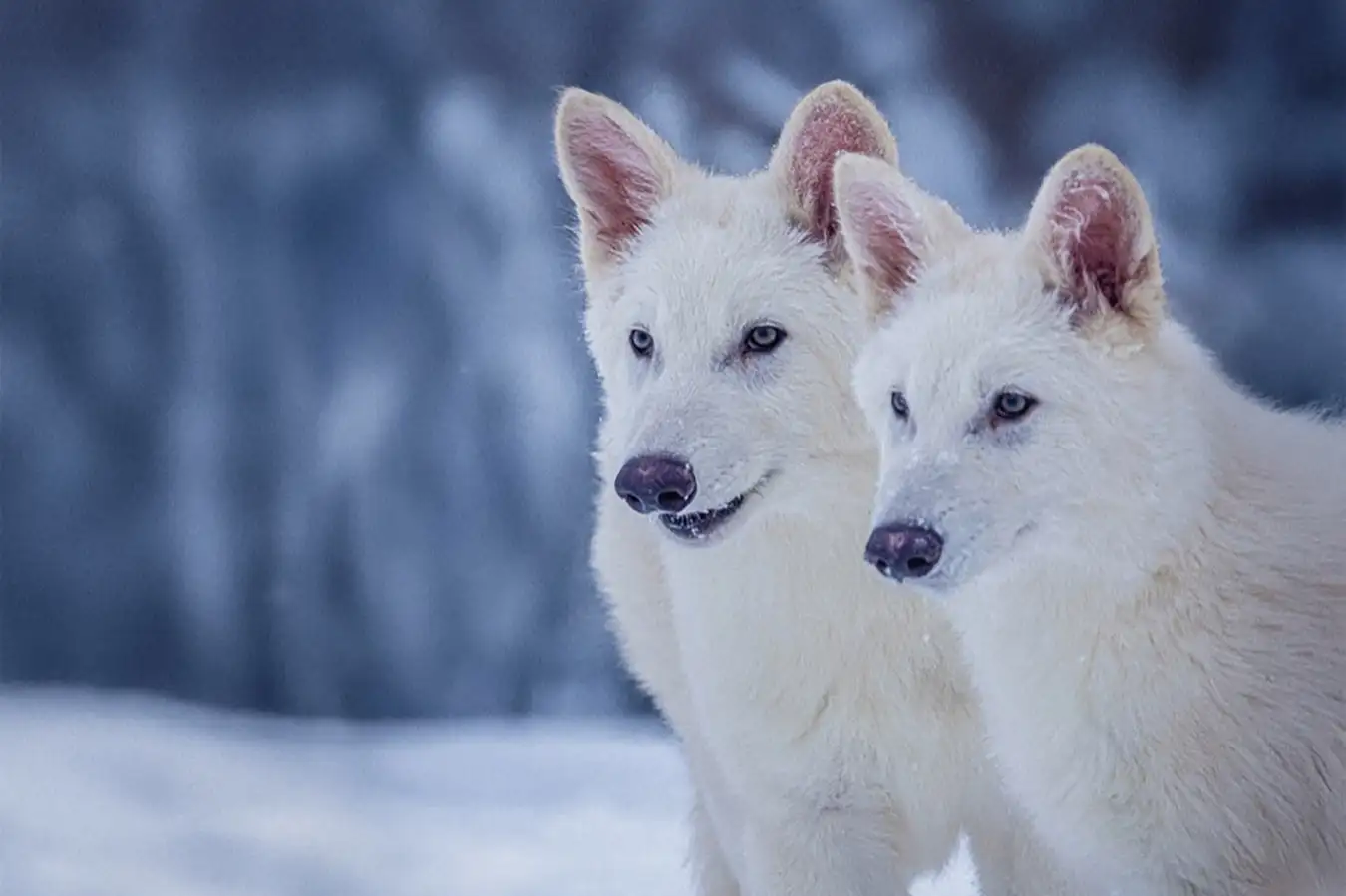Once thought lost to history, the dire wolf — a fierce Ice Age predator that roamed North America over 10,000 years ago — is now at the center of a stunning scientific development. Thanks to the efforts of biotech company Colossal Biosciences, the idea of dire wolf de-extinction is no longer confined to sci-fi novels or Game of Thrones fantasies. The recent birth of genetically-engineered dire wolf pups named Romulus and Remus has reignited public fascination with extinct species, scientific ethics, and the boundaries of innovation.
What Were Dire Wolves?
Often confused with modern gray wolves, dire wolves (Canis dirus) were larger, more muscular, and known for their powerful bite. They went extinct around the end of the last Ice Age, alongside many other megafauna like the woolly mammoth and the saber-toothed cat. Despite their pop culture fame — especially after appearing as the loyal companions of the Stark family in Game of Thrones — dire wolves were real, formidable predators that once dominated the American landscape.
The Science Behind the Revival
Enter Colossal Biosciences, a Texas-based de-extinction startup co-founded by entrepreneur Ben Lamm. The company, which previously made headlines for its project to bring back the woolly mammoth, has now turned its focus to the dire wolf.
By extracting ancient DNA from dire wolf fossils and combining it with modern gray wolf and dog DNA, scientists were able to create genetically-engineered animals that display physical and genetic traits similar to the extinct species. The result? Three living, breathing dire wolf puppies — Romulus, Remus, and Khaleesi.
These pups are not clones, but rather chimeras with select dire wolf genes. The project, while not a complete resurrection, represents a giant leap in the field of synthetic biology.
Dire Wolf De-Extinction: Promise or Problem?
Supporters of the project view it as a massive win for science. They argue that de-extinction can restore lost ecological balance, promote conservation, and inspire the next generation of scientists. The revival of creatures like the dire wolf, dodo bird, or woolly mammoth isn’t just about nostalgia — it’s about understanding evolution and potentially correcting human-caused extinctions.
However, critics warn of unintended consequences. Can an extinct predator thrive in today’s ecosystems? What rights do synthetic animals have? Is this playing God? Even podcast host Joe Rogan weighed in during a recent episode, expressing both excitement and concern about where the technology could lead.
Pop Culture Fuel and Real-World Impact
The term “direwolf” is practically synonymous with Game of Thrones, and the fictional creatures have played a major role in popularizing the real-life extinct species. The announcement of Romulus and Remus quickly sparked interest across fan communities, and news outlets are buzzing with Game of Thrones references — not just because of the pups’ names, but because fiction is now flirting with reality.
While some might dismiss the project as a PR stunt or a scientific fantasy, the implications are very real. Whether it’s the dire wolf, the dodo, or the woolly mammoth, the idea of resurrecting extinct animals is quickly shifting from fantasy to frontier science.
What’s Next?
For Colossal Biosciences, Romulus and Remus are just the beginning. The company continues to explore other species for possible de-extinction, including birds, ancient mammals, and more advanced predator-prey systems. As gene editing, cloning, and artificial womb technologies advance, we may soon see even more headlines about extinct species returning to Earth.
Still, the questions remain: Should we bring back animals that evolution has left behind? And if we do — how will we live with them?
Keywords covered:
dire wolves, dire wolf brought back, direwolf, colossal biosciences, dire wolf extinction, woolly mammoth, dire wolves brought back, romulus and remus, dodo bird, extinct dire wolf, direwolves, ben lamm, dire wolf puppies, dire wolf de extinction, wolf, dodo, science, game of thrones, game of thrones news, romulus and remus dire wolves, joe rogan, dire wolf pups
